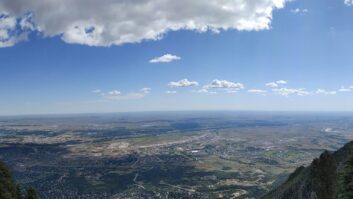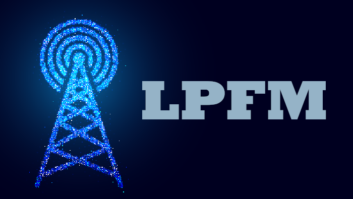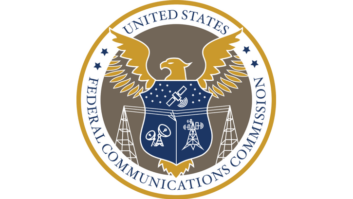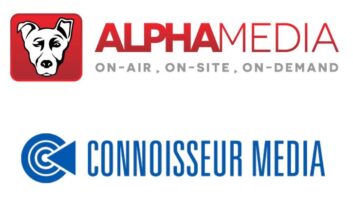The Colorado Society of Wireless and Broadcast Engineering (CSWBE) has been granted an application for a new LPFM station in Colorado Springs, overcoming an objection from the licensee of a nearby translator.
The society applied for a station during the 2023 filing window and sought to broadcast with 100 watts ERP on 107.1 from a location north of the city center along Interstate 25, near West Garden of the Gods Road.

CSWBE describes itself as “a passionate group of engineers, radio amateurs and students that work in the local communications industry.” This application also came with an interesting technical twist.
First-adjacent objection
Local radio owner Mountain Radio Group filed an informal objection about the LPFM in February 2024, arguing that the application should be dismissed because it violated first-adjacent spacing requirements to one of its translators. Mountain said the proposed LPFM station was too close — approximately nine miles (14.7 kilometers) — to 107.3 K297BQ(FM), also in Colorado Springs, which relays 1530 KQSC(AM). The group said FCC rules require a separation of approximately 17 miles from a first-adjacent. However, the commission noted it was unclear how Mountain calculated that distance.
The commission rejected Mountain’s claim. It said minimum separation distances between LPFM and translator stations vary based on the size of the translator’s service area and are determined by the distance from the translator’s antenna to its 60 dBu signal strength contour.
The Media Bureau, using its standard methodology, determined that the distance between K297BQ’s antenna and its 60 dBu contour is approximately four miles. That places the translator in the lowest LPFM-translator spacing tier, which calls for a minimum separation of approximately 15 kilometers. It found the society’s proposed separation to be compliant.
The commission issued a notice on April 1 giving CSWBE 30 days to correct its application due to how it had calculated the distance from K297BQ’s 60 dBu contour. However, it later rescinded that notice, stating the technical analysis underlying the letter was incorrect.
As a result, CSWBE’s application for an LPFM was granted.
Experimentation with open-source HD Radio
In its filings, the society said it intends to use the license to “experiment and develop a novel SDR-based analog and digital transmission system,” which it said includes an open-source, software-based implementation of HD Radio. Several of the society’s directors are involved in SDR development. It said the station’s operation would not be disrupted if it does not gain permission to use the “novel transmission system.”
The FCC did not mention the society’s desire for experimental HD Radio in its application grant.
In terms of program offerings, the society said it intends to produce content from CSWBE members internally as well as through collaborations with the community, including partners such as University of Colorado at Colorado Springs.
A limited version of the programming the station plans to feature is currently streaming, operated by the society’s founder, Vlad Fomitchev (KX4TH).
CSWBE said the project will serve as a platform to introduce station participants to STEM, offering training in electrical, mechanical, audio and computer engineering.





